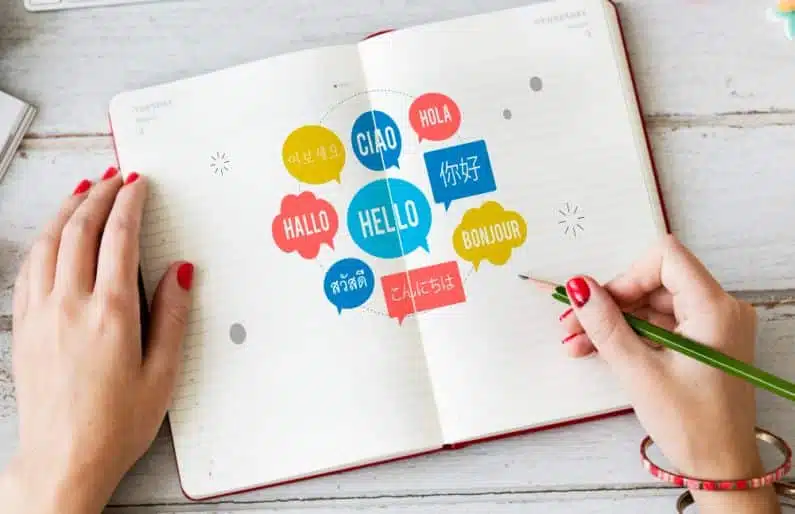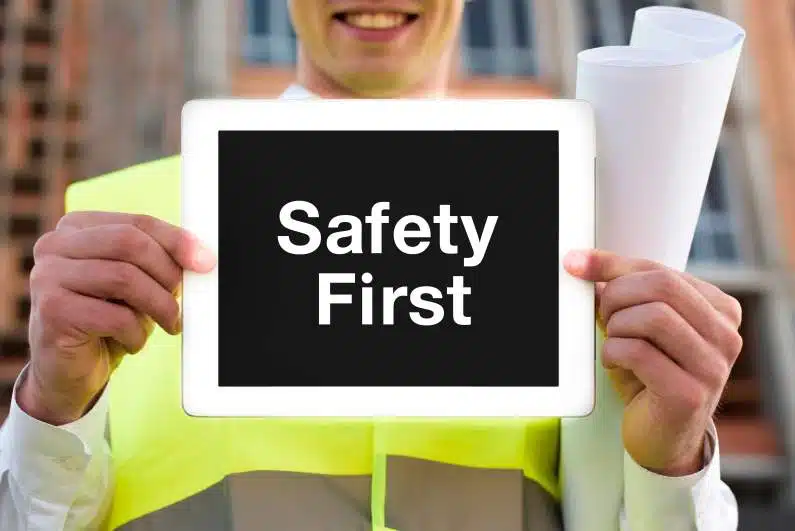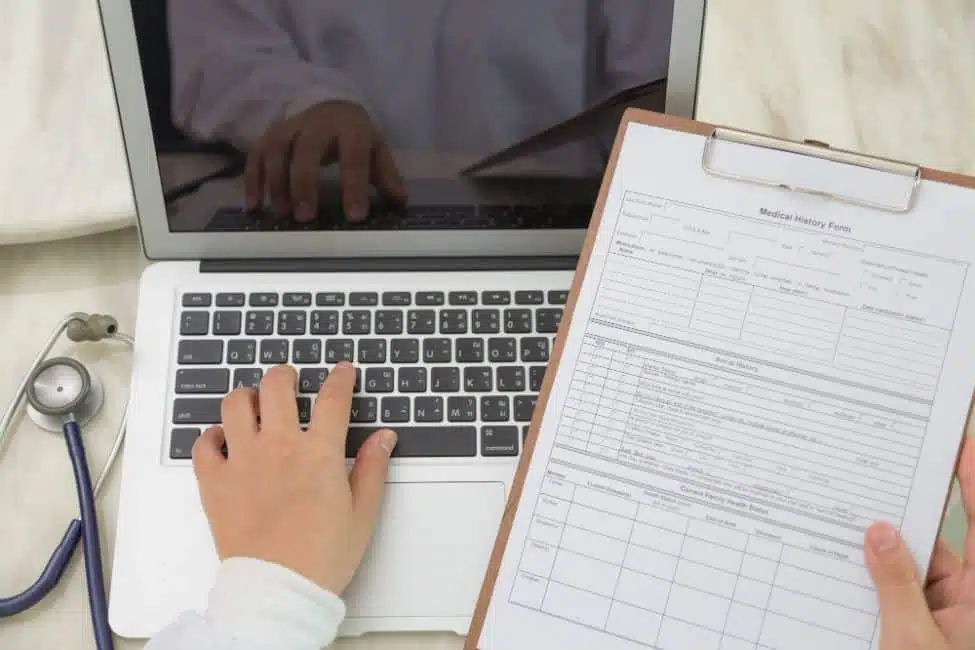As the modern world is more and more connected, businesses and individuals often find themselves needing to translate documents for international audiences.
Accurate and professional translation is crucial to ensure that the intended message is effectively conveyed to the target audience.
To achieve this, working with a reputable translation agency and following a structured process is essential.
In this article, we will outline the steps to translate a document professionally, ensuring linguistic accuracy and cultural sensitivity.
Research a Well-Known Translation Agency
The first and most crucial step in the professional translation process is finding a reputable and qualified translation agency.
A simple online search will yield numerous options, but it is vital to do your due diligence. Look for agencies with a proven track record in the specific field of your document and positive customer reviews.
Consider the agency’s expertise in the target language and its familiarity with the subject of your document.
A well-established agency will have a team of experienced translators who understand the nuances of the language and culture.
Work With Native Translators
Language is a complex interplay of culture, idioms, and nuances that only a native speaker can truly grasp. Therefore, it is essential to work with translators who are native speakers of the target language.
Native translators have an innate understanding of linguistic subtleties, ensuring the translated document is not only accurate but also culturally appropriate.
They can adapt the content to resonate with the target audience in a way that a non-native translator might struggle with.
Provide the Material in Source Format
Once you’ve selected a translation agency, it’s time to provide the material that needs to be translated. For digital documents, such as text-based files, make sure to send them in a format that is easily editable, such as Microsoft Word, PowerPoint, or PDF.
If your material is in brochure format and created using InDesign, provide the agency with the InDesign Markup Language (IDML) file, as it will preserve the layout and design elements.
In the case of physical documents that need to be translated, ensure you have a high-quality scan of the content.
Scanning with good resolution is essential for the Optical Character Recognition (OCR) process, which converts scanned text into editable text.
A clear and accurate scan will result in more precise translations.
Provide Context and Reference Material
To facilitate the translation process and ensure the best possible outcome, it’s crucial to provide context and reference material along with the source document.
The more information the translator has about the intended message, target audience, and purpose of the document, the better they can deliver a nuanced and accurate translation.
Any relevant glossaries, style guides, or previous translations of similar content can also be invaluable in maintaining consistency and accuracy.
Consider Editing by a Second Translator
If your budget allows for it, consider having the translated document edited by a second translator.
This step adds an extra layer of quality control and can catch any potential errors or inconsistencies that might have been overlooked in the initial translation.
The second translator can verify the accuracy, fluency, and cultural appropriateness of the translated content, ensuring a polished final product.
Unlocking the Power of Professional Translation
Translating documents professionally requires a well-organized approach and the collaboration of skilled professionals.
By researching and selecting a reputable translation agency, providing source material in an editable format, working with native translators, offering context and reference material, and considering additional editing, you can ensure that your document is accurately and effectively translated for your target audience.
Remember, professional translation is not just about words; it’s about conveying meaning and fostering effective communication across linguistic and cultural boundaries.





